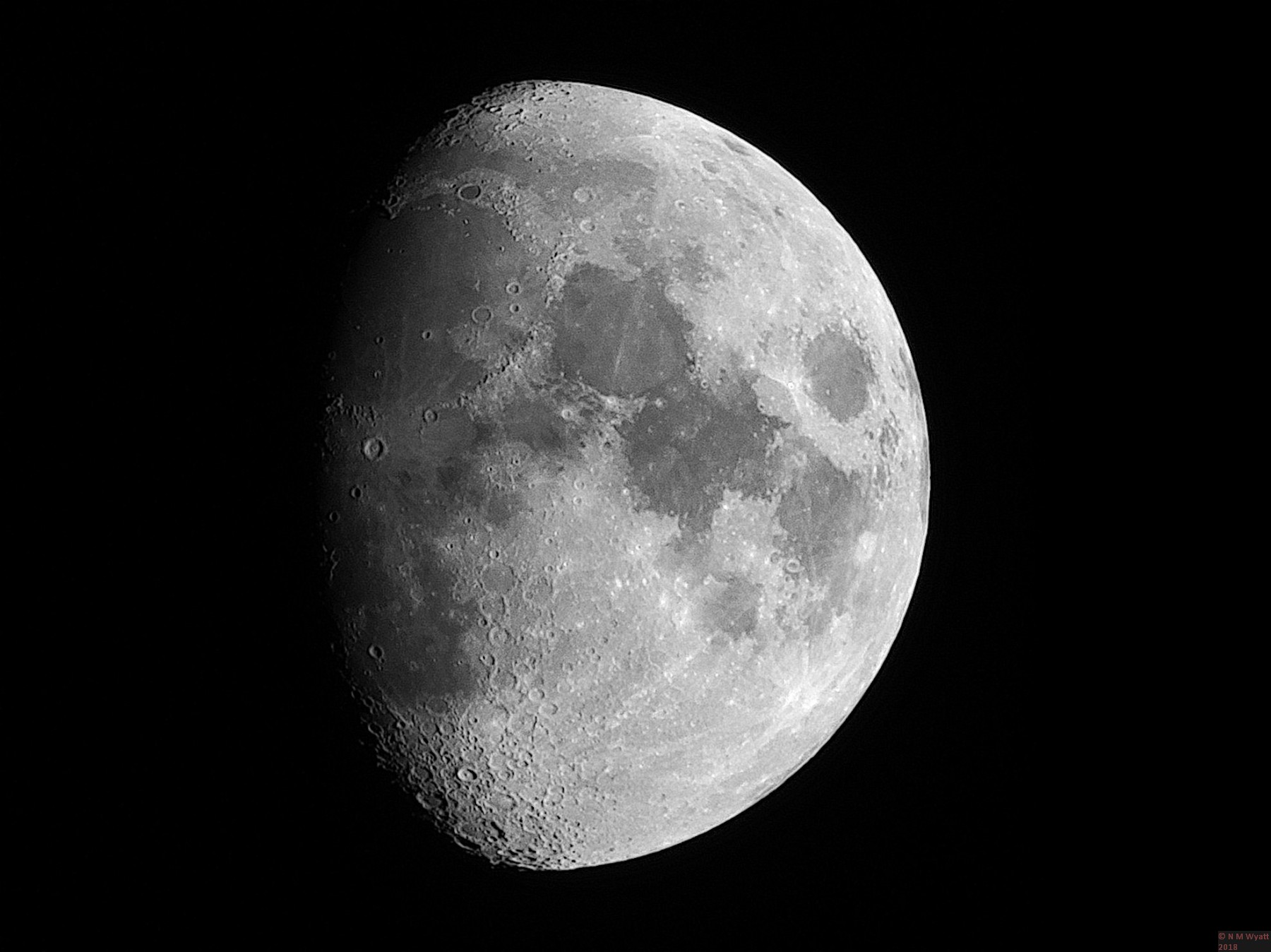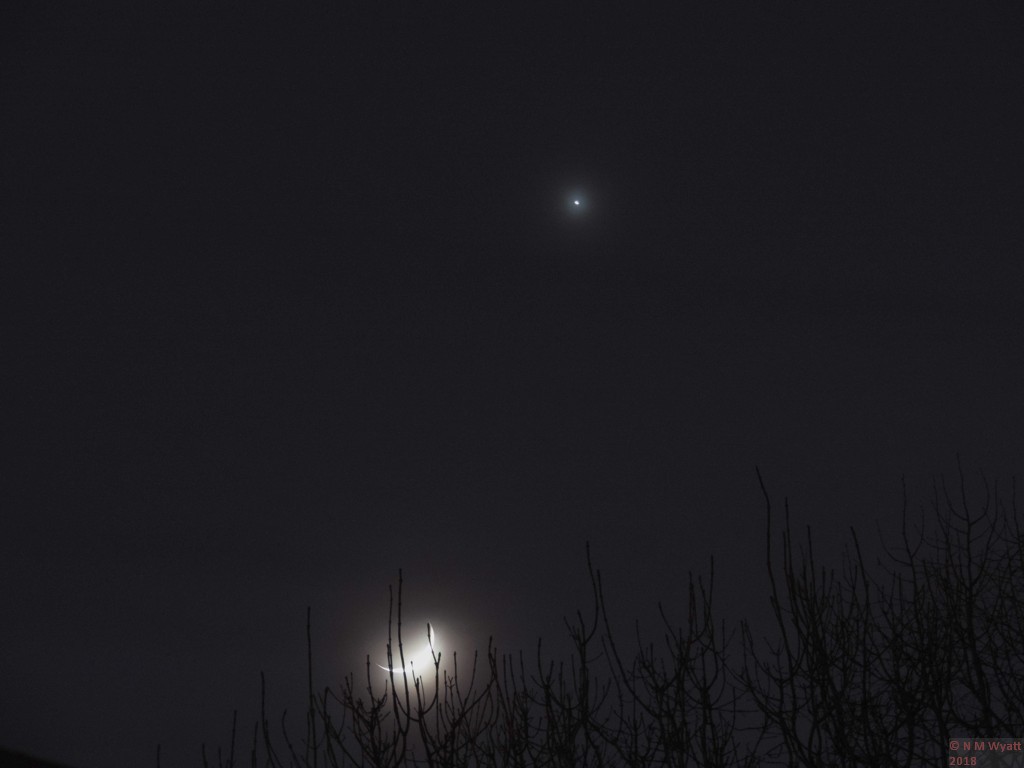If you find this website useful, please check out my books or visit my Amazon Author page. Or even Buy Me a Coffee!
Astronomy
Astrophotography
You are never too old to learn, and one of the thing that has opened my eyes has been discovering the quality of astronomical images that can be produced by amateurs with very modest equipment. By using digital cameras and image processing software it's a realistic ambition to produce images that compare favourably with those produced by the world's biggest telescopes fifty years ago - right in your back yard!
This website does not showcase the best astronomical pictures on the internet! It's a selection of pictures I have taken myself with basic equipment and free software. Producing images like these below, or even better ones, is within your reach!
Most importantly, you don't have to spend a fortune. My first serious scope, mount and tripod cost £180 on Ebay. I spent £40 on a more solid tripod, and about £200 on various bits and pieces including books and an ancient Canon EOS DSLR and a seconhand Microsoft HD Webcam. The results shown before are some of my best so far, and will be updated from time to time.
Perhaps the easiest target in the sky is the moon. You can get good pictures with any long or zoom lens, this is a 'stack' of six pictures taken with an ordinary bridge camera:
A gibbous moon photographed on the isle of Skye.
Follow the links below for introductions to some of the other things you can image in the night sky:
A Conjunction of Moon and Venus
M53 is one of the most distant of the Milk Way's globular clusters. Its stars are mostly first-generation stars with little metal content, aside from a few second generation stars, mostly concentarted near its core.
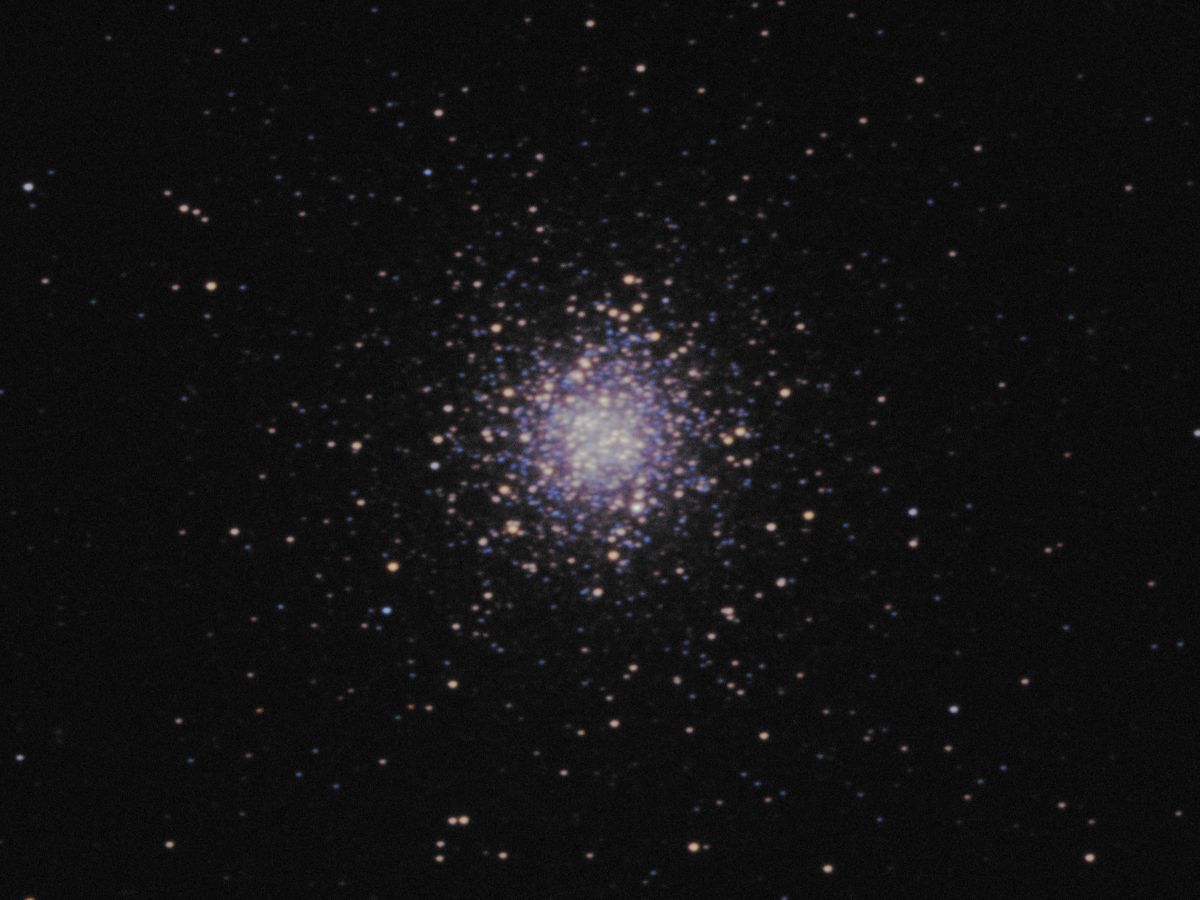
M53 globular cluster
- Details
- Category: Astrophotography
This open cluster in Cassiopeia can be seen through binoculars. Astrophotographers often image it with the nearby Bubble Nebula.
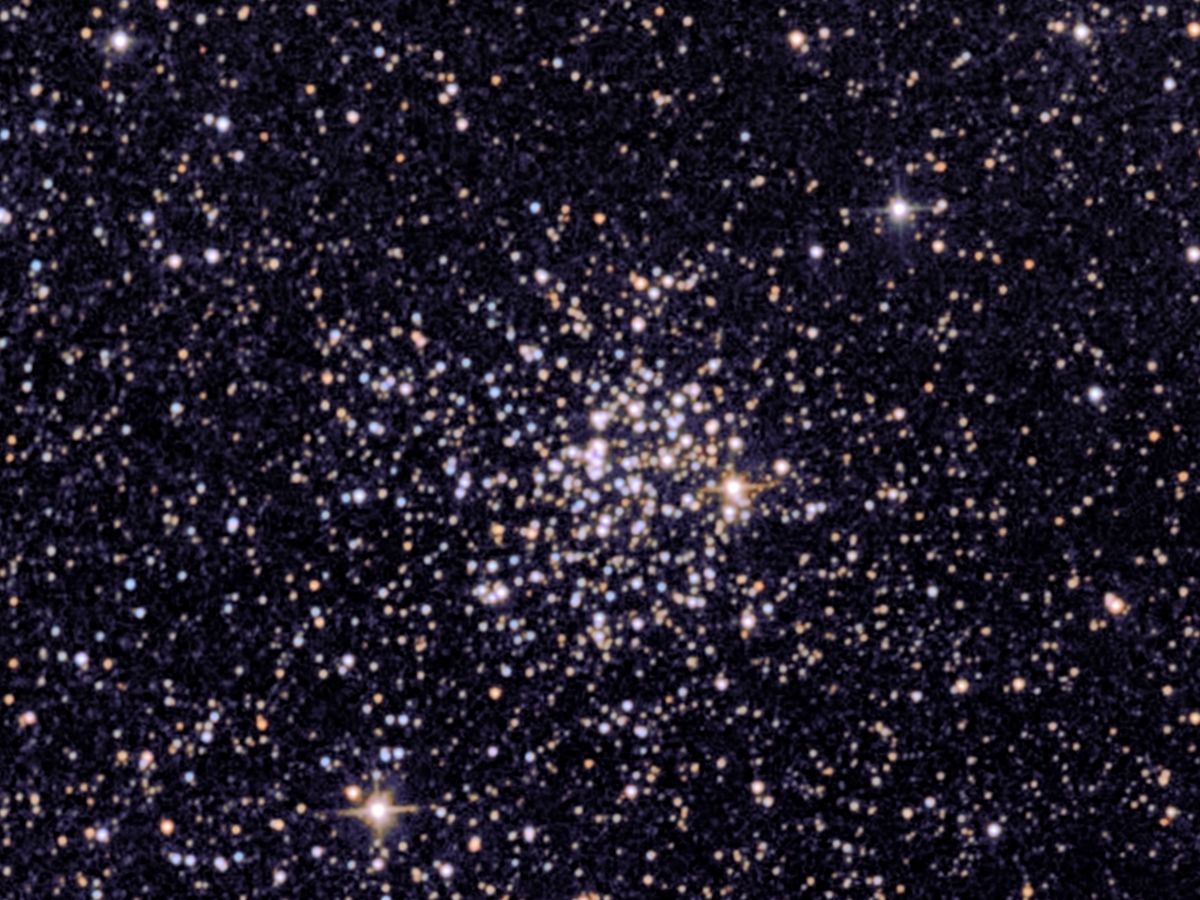
M52 the Cassiopeia Salt and Pepper Cluster
- Details
- Category: Astrophotography
This cluster in Monoceros has a rich collection of colourful stars.
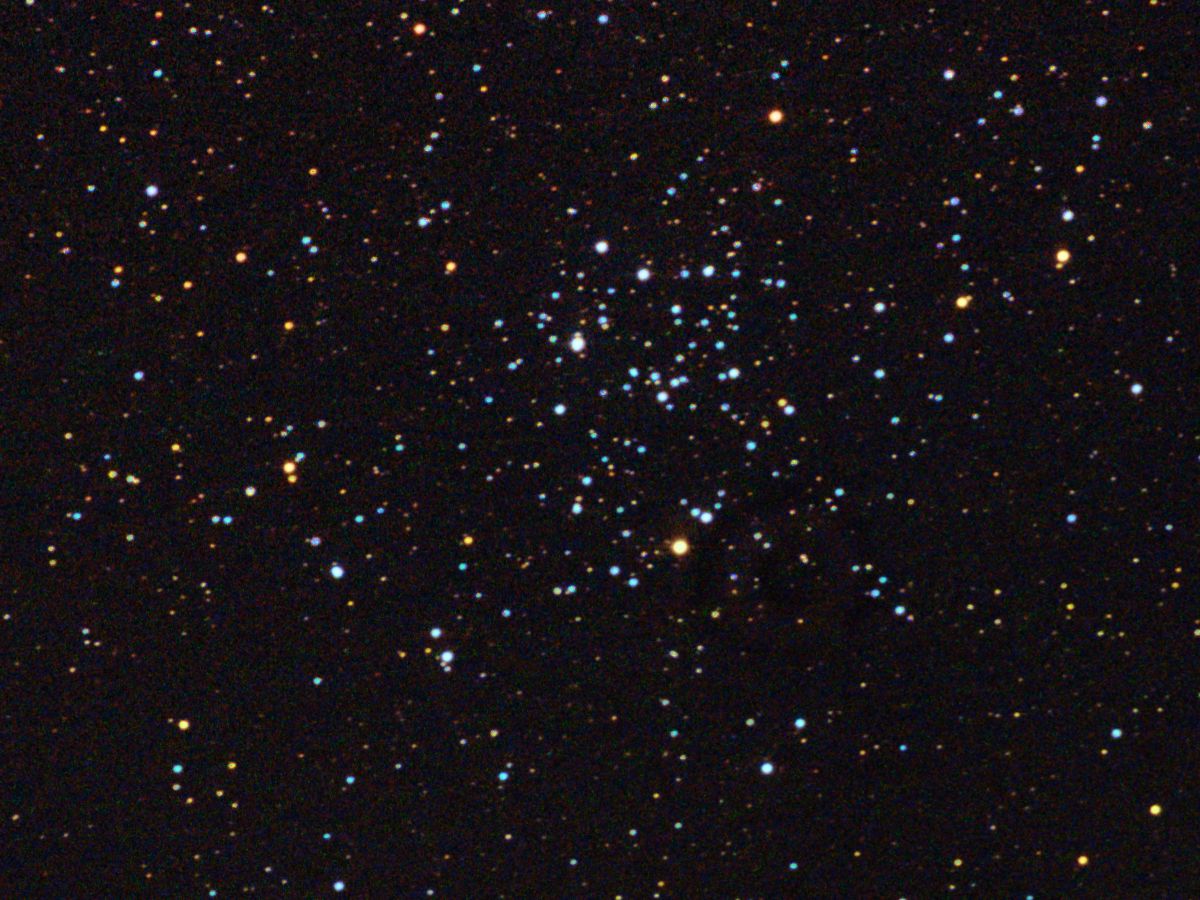
M50, the heart shaped cluster.
- Details
- Category: Astrophotography
M49 presents a featureless but graceful appearance in most images, however powerful telescopes suggest that it may have nearly 9,000 globular clusters in orbit around it - compared to about 200 for the Milky Way.
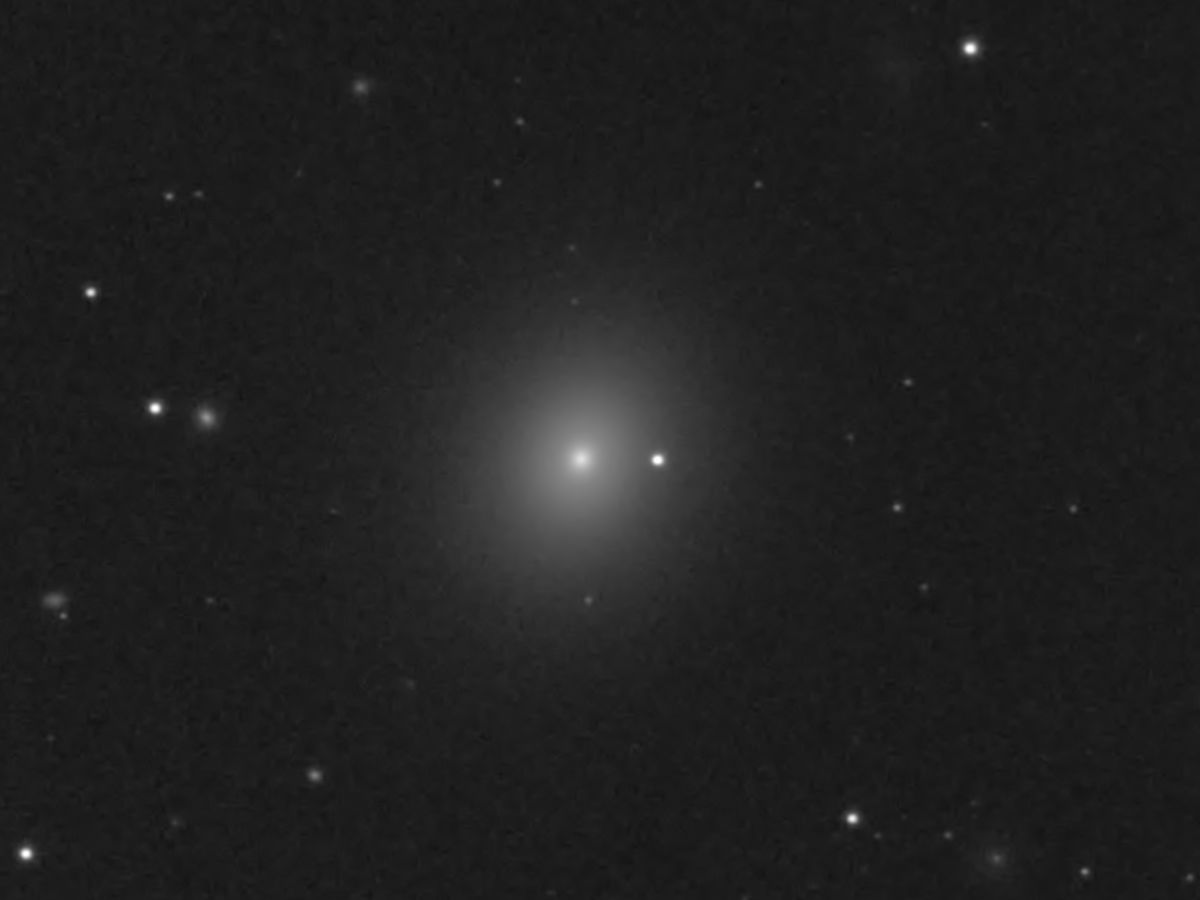
M49 elliptical galaxy
- Details
- Category: Astrophotography
M47 is a small cluster dominated by hot, blue stars, but it also contains some cooler red giants.
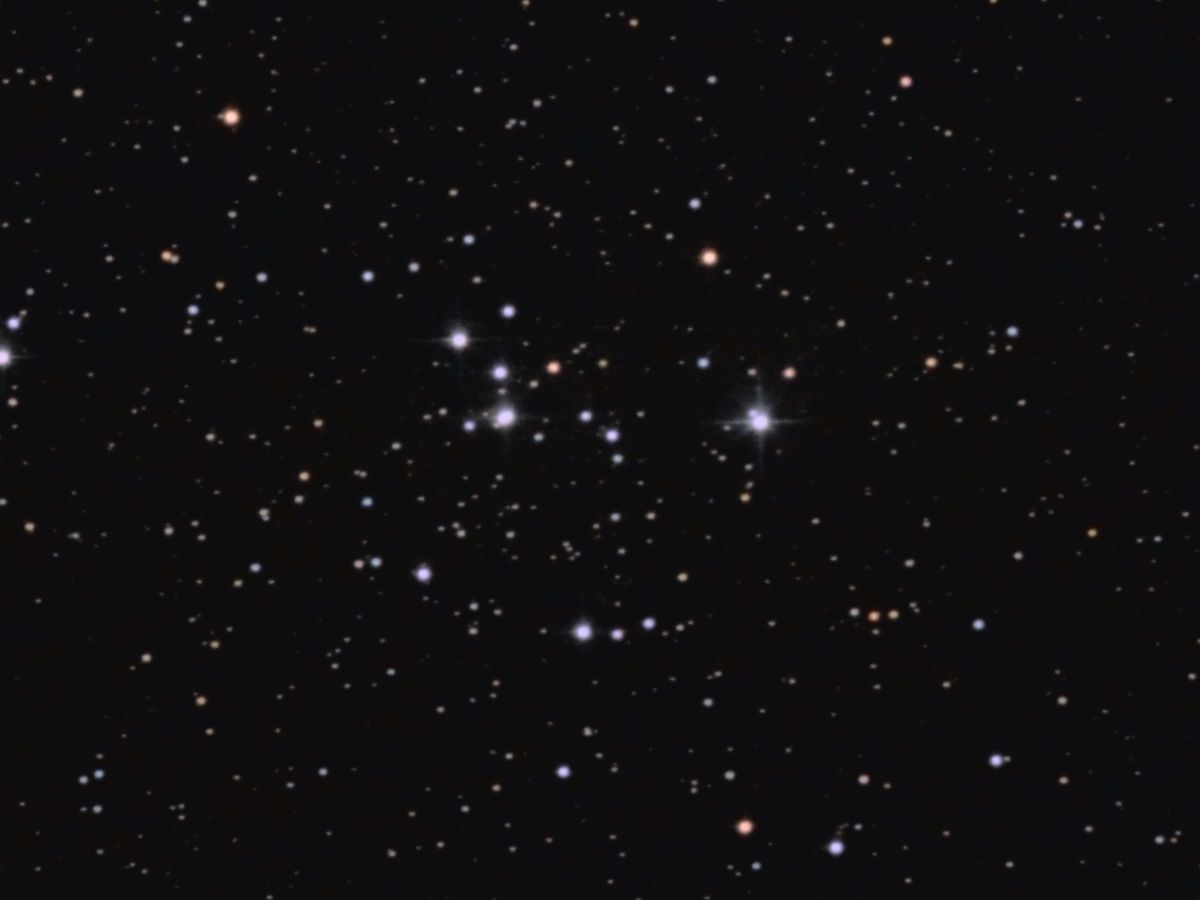
M47 open cluster
- Details
- Category: Astrophotography
Page 9 of 23

